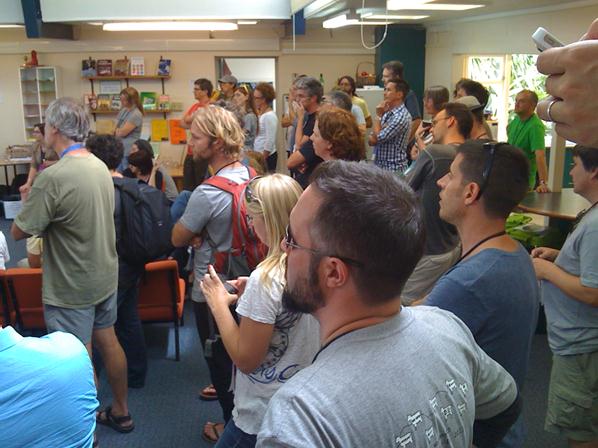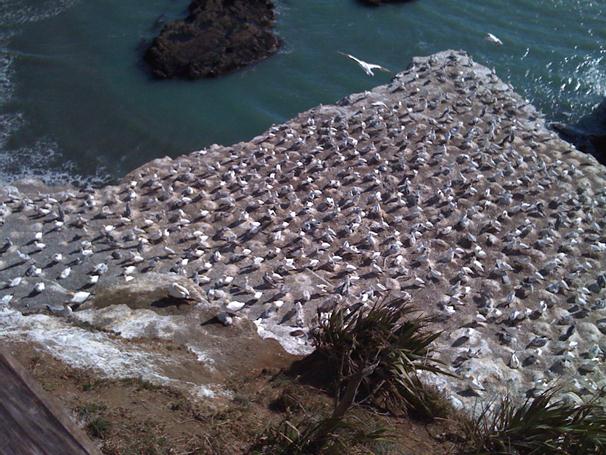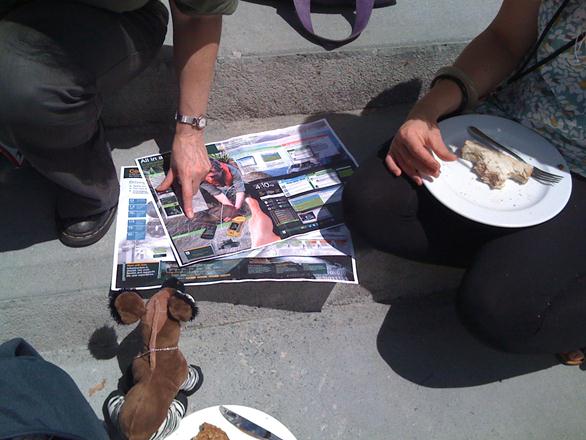An incredible 2 days at Warkworth, NZ with the Torkington-inspired and led #kiwifoo. Far too much to blog. KiwiFoo is inspired by #scifoo and has the same values and close correspondence of practice and organization. Many thanks to all the organizers, fundraisers, etc.

Held in Warkworth school – some people camped, some camped in the library. PMR found a wonderful B&B with a walk home under the Southern Stars each evening. Massive to see the Milky way and the Magellanic clouds. I couldn’t believe they were real first time – they look like clouds!
Fewer scientists, more artists/business/teachers than #scifoo. Quite a lot of NZ-focused sessions which I really liked. NZ has the advantage and disadvantage of being self-contained. It must create its own ideas and cross-fertilize them with the world.
About 80 sessions I guess. Most inspired by “social entrepreneurship” today. Presented own session on “Liberation software” – how can we infect the ideas with ideas carried by software? 3-4 other people present. Veterans of hackfests are never phased by turnout (although a hackfest of one is tough). We switch to ideas and how to implement them. Chatham House rule, so no names.
We focussed on biodiversity. [We visited these Gannets at http://en.wikipedia.org/wiki/Muriwai on trip back!]

So we can now mine the scholarly literature for biodiversity using automatic software (Pubcrawler, AMI2). It’s quite easy. We’ll extract the following:
- Species names (e.g. Sula Bassana)
- Places (e.g. Muriwai)
- Dates e.g. 2013-02-10
So a robot mining this blog knows it is about gannets in NZ on a particular date.
THOSE ARE FACTS (not “creative works”). They can be legally re-published
There are 2 million articles a year published in EuropePMC. We can mine some of them for species, places and dates.
That’s a major chunk of biodiversity.
This knowledge is critical to mapping what, when, where of bio. The world must have that information, and the machines can extract and provide it.
Anyone interested in basic biodiversity information is welcome to help. You don’t have to know programming.
We are starting the clock today.
Oh, and mammals such as Okapis can be included as well. @okfn_okapi studying the biodiversity guidelines in NZ
